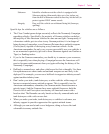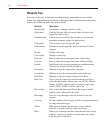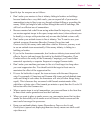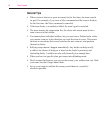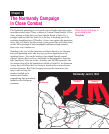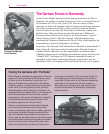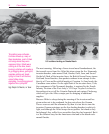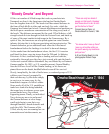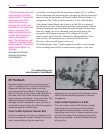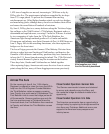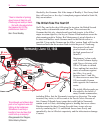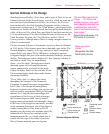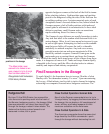
Chapter 4 The Normandy Campaign in Close Combat
69
an Allied invasion is with a rapid counterattack on the beaches from
behind a fortified coastal strip. However, Rommel’s superior, Field
Marshal Gert von Runstedt opposes his defensive philosophy. Believing
that nothing can stop the Allied invasion, von Runstedt thinks that the
majority of German defenses should be moved inland, away from
Allied naval guns. From there, German tanks will be better able to
strike at the invaders as they attempt to establish beachheads and supply
lines. Because the German chain of command is unclear even at the
highest levels, it is never determined whether Rommel or von Runstedt
will control the battle after the invasion, and neither one gets all the
defenses or forces he wants.
Preparation of the German defenses on the Normandy coast is
hampered by shortages, and by the Allied air forces. Their bombing
attacks on Germany have caused the German air force, the Luftwaffe, to
largely abandon France to protect German skies. The knowledge that
the Allies control the skies above western France adds fuel to Rommel’s
argument. In early 1944, German troop and supply movement is further
hindered by an Allied aerial bombing campaign known as the Transpor-
tation Plan, which targets railroads and marshaling yards in western
France.
Despite these numerous difficulties, six infantry divisions of the
German Seventh Army, commanded by Colonel General Friedrich
Dollmann and covering Normandy and Brittany, are available to oppose
the Allied invasion. A single Panzer division is in reserve near Caen,
with three more held inland—and effectively out of Rommel’s reach—
by the German High Command. These divisions can be released only
under orders from Hitler himself, who wants to save them in case of an
invasion at the Pas de Calais. Although Rommel’s beach defenses are
incomplete, they are still formidable, and have strong Panzer forces
waiting behind them. The Germans have more than enough firepower
and manpower to make the Allied invasion force pay a heavy price.
The Allies Invade on D-Day
After being pushed back a month to June 5, and then further delayed
by bad weather for another day, the greatest armed assault ever
attempted—the long-awaited Allied invasion of France—finally gets
underway on June 6. The first troops to land on French soil are from
three U.S. and British airborne divisions, which are dropped at night
to seize towns and bridgeheads behind the invasion beaches. Simulta-
neously, an armada of 5,300 landing craft, supply vessels, and warships
carrying over 150,000 Allied troops head across the English Channel
for the Calvados coast.
“The war will be won or lost on
the beaches. We’ll have only one
chance to stop the enemy and
that’s while he’s in the water.”
Field Marshal Erwin Rommel



